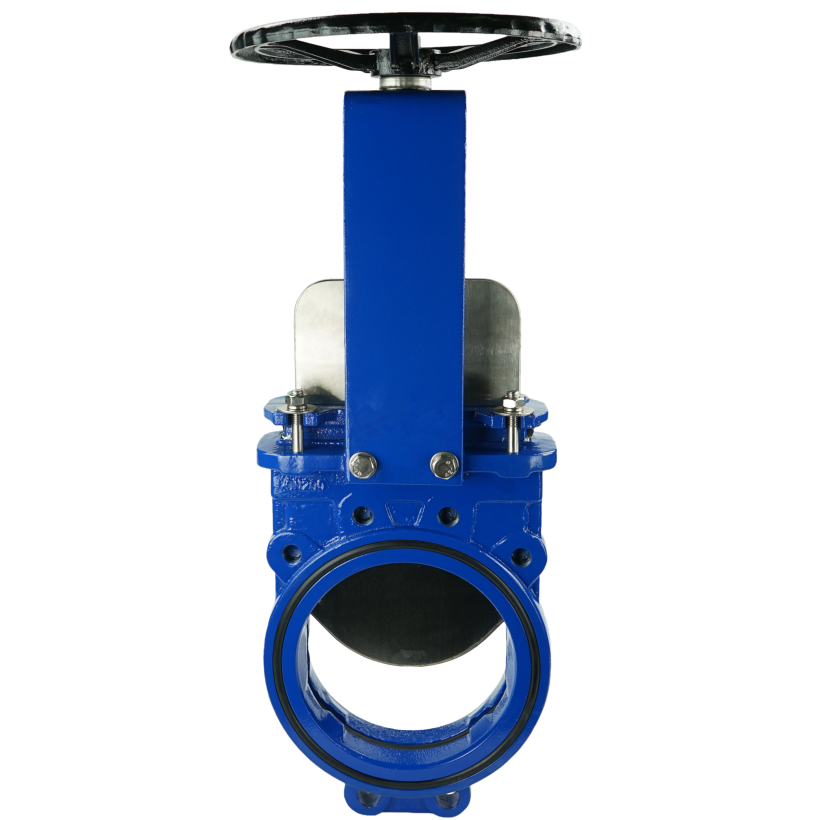rubber expansion joint
Understanding Rubber Expansion Joints Features, Applications, and Benefits
Rubber expansion joints are essential components used in various piping systems and industrial applications. They serve a vital role in absorbing vibrations, accommodating movement caused by thermal expansion, and compensating for misalignments in piping systems. This article delves into the features, applications, and benefits of rubber expansion joints, highlighting their importance in modern engineering.
What Are Rubber Expansion Joints?
Rubber expansion joints are flexible connectors made from elastomeric materials, primarily rubber, designed to manage the thermal expansion and contraction of pipes. They consist of multiple layers of rubber reinforced with fabrics or metal, permitting a degree of flexibility while ensuring durability and reliability. These joints can absorb vibrations, reduce noise, and accommodate axial, lateral, and angular movements that occur due to temperature changes or mechanical stress.
Key Features of Rubber Expansion Joints
1. Flexibility One of the standout features of rubber expansion joints is their ability to flex in multiple directions. This flexibility allows them to absorb movements from thermal expansion and contraction without causing stress or damage to the connected piping.
2. Vibration Absorption These joints effectively dampen vibrations produced by pumps, compressors, and other machinery. This absorption of vibrations prevents fatigue on piping and supports, thereby extending the lifespan of the entire system.
3. Corrosion Resistance Rubber materials are often chosen for their resistance to various chemicals and environmental factors. This makes rubber expansion joints ideal for corrosive applications, including water treatment, chemical processing, and wastewater management.
4. Temperature Tolerance Rubber expansion joints can withstand a wide range of temperatures, making them suitable for both hot and cold piping systems. Depending on the material composition, some rubber joints can handle temperatures exceeding 250 degrees Fahrenheit (121 degrees Celsius).
5. Ease of Installation The lightweight nature and flexible design of rubber expansion joints simplify installation processes. They can be easily integrated into existing systems without requiring extensive modifications.
Applications of Rubber Expansion Joints
Rubber expansion joints find applications across various industries due to their versatility and performance. Some key areas include
rubber expansion joint

2. HVAC Systems In heating, ventilation, and air conditioning (HVAC) installations, these joints facilitate movement and minimize noise, enhancing system efficiency and occupant comfort.
3. Chemical Processing The chemical resistance of rubber expansion joints makes them ideal for use in chemical plants, where they can withstand exposure to aggressive substances while maintaining system integrity.
4. Water and Wastewater Treatment In these systems, rubber expansion joints manage the thermal expansion of pipes and absorb shock waves generated by the flow of water, thus protecting essential infrastructure.
5. Power Plants In power generation facilities, where equipment operates under high pressures and varying temperatures, rubber expansion joints are employed to maintain system stability and mitigate the risk of damage.
Benefits of Using Rubber Expansion Joints
The integration of rubber expansion joints offers numerous benefits
1. Extended Equipment Life By absorbing vibrations and accommodating movement, rubber expansion joints help reduce wear and tear on pipes and connected equipment, leading to longer operational lifespans.
2. Cost-Effectiveness The durability and low maintenance requirements of rubber expansion joints result in cost savings over time. Their ability to prevent leaks and system failures reduces downtime and associated repair costs.
3. Increased Efficiency Properly installed rubber expansion joints enhance the overall efficiency of piping systems by minimizing friction and energy loss, leading to improved performance.
4. Safety By reducing the likelihood of piping failure due to thermal expansion or vibration-induced stress, rubber expansion joints contribute to a safer working environment for personnel and equipment.
In conclusion, rubber expansion joints are vital components in numerous industrial applications. Their flexibility, vibration dampening capabilities, and resistance to environmental factors make them indispensable in modern engineering. By incorporating these joints into piping systems, industries can ensure reliable operation, enhance efficiency, and extend the life of their equipment.
-
Reliable Hydraulic Valves for Efficient Fluid ControlNewsAug.29,2025
-
Reliable Electric Actuators for Industrial Valve AutomationNewsAug.29,2025
-
Premium Line Blind Valves for Secure Pipeline IsolationNewsAug.29,2025
-
Premium Electric Valves for Smart Fluid Control SolutionsNewsAug.29,2025
-
Precision Balanced Valves for Optimal System PerformanceNewsAug.29,2025
-
Heavy-Duty Flanged Butterfly Valves for Water SystemsNewsAug.29,2025
-
Reliable Wafer Type Butterfly Valve - Durable & Space-Saving DesignNewsAug.29,2025




